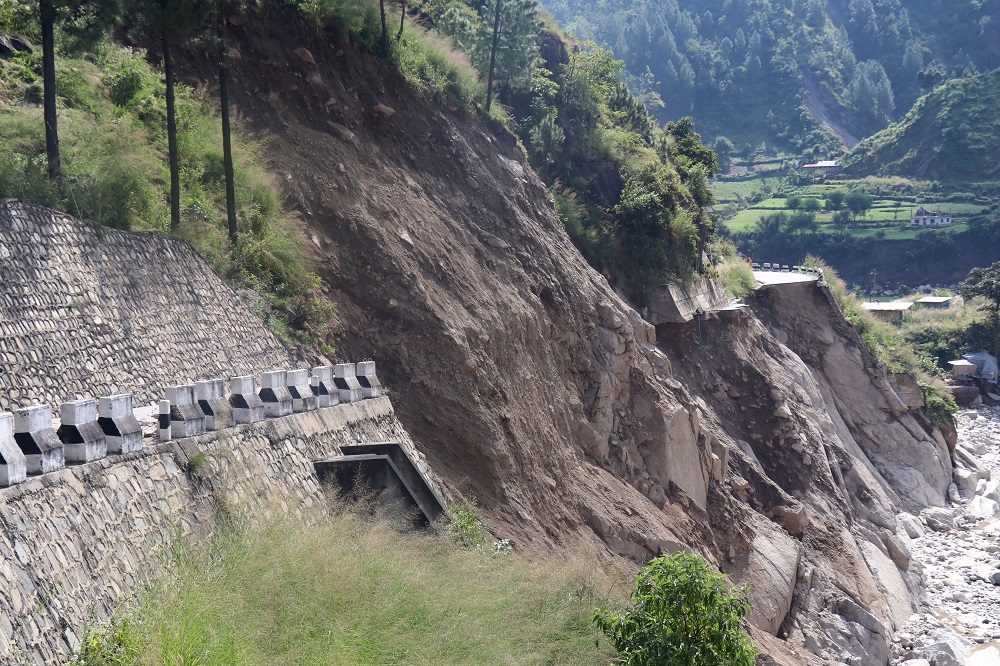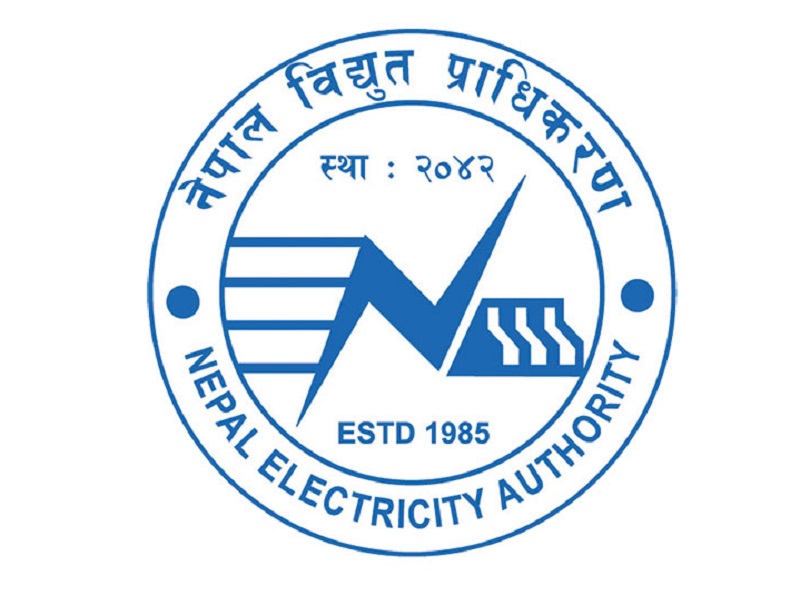The 40 MW Rahughat Hydropower Project has achieved overall 80 percent progress, according to Nepal Electricity Authority (NEA). The project in Raghuganga Rural Municipality of Myagdi district is targeted to complete by mid-July next year.
Undertaken by Raghuganga Hydropower Limited, a subsidiary of NEA, the project is being made with a concessional loan from Export-Import(EXIM) Bank of India, and investment from the Government of Nepal and NEA.
The estimated cost of the project is Rs 9.17 billion.
While the EXIM bank has provided a soft loan of $67 million, the Government of Nepal and NEA will have to manage the remaining investment.
After Trishuli and Devighat hydel projects, India has provided assistance to Rahughat.
Currently, the concrete lining work has been going on in the 6.2 km-long tunnel. So far, the work has been completed in the one-kilometre section. Due to the fragile geology, the tunnel has to be completely lined with concrete, according to the NEA.
A 1,050-metre long penstock pipe will connect the main tunnel and the power house. Around 130-metre of pipe has been installed so far.
Turbines, generators and other electromechanical devices are also being installed after completing the construction of the main civil structures of the power plant. There will be two units generating 20 MW of power each.
The construction of the civil structure of the dam required to divert the flow of the river has also been completed. The equipment, including the sluice gates and other equipment has been transported to the project site.
The construction of the headworks, delayed by the monsoon, will begin soon.
“Let's finalise the construction schedule within a week in order to finish the project within the deadline,” said Managing Director of NEA Kulman Ghising after visiting the site and meeting with the project management, consultants and construction professionals on Thursday.
Ganesh KC, Managing Director of Raghuganga Hydropower Ltd., the project's promoter, hoped the project will be completed by mid-July next year if no further issue emerges.
Initially, the capacity of the project was 32 MW. But, the initial contract with the builders was terminated and a new one was signed to increase the project’s capacity to 40 MW.
The Indian company Jaiprakash Associates Ltd. is building the civil structures for hydro mechanical works under the engineering, procurement and construction (EPC format), while the electromechanical works have been undertaken by Bharat Heavy Electrical Ltd.
Similarly, Wapcos Ltd., India is supervising the construction.
Once it comes into operation, the project will generate 247.9 million units of electricity annually which can be peaked for 4 hours daily.













